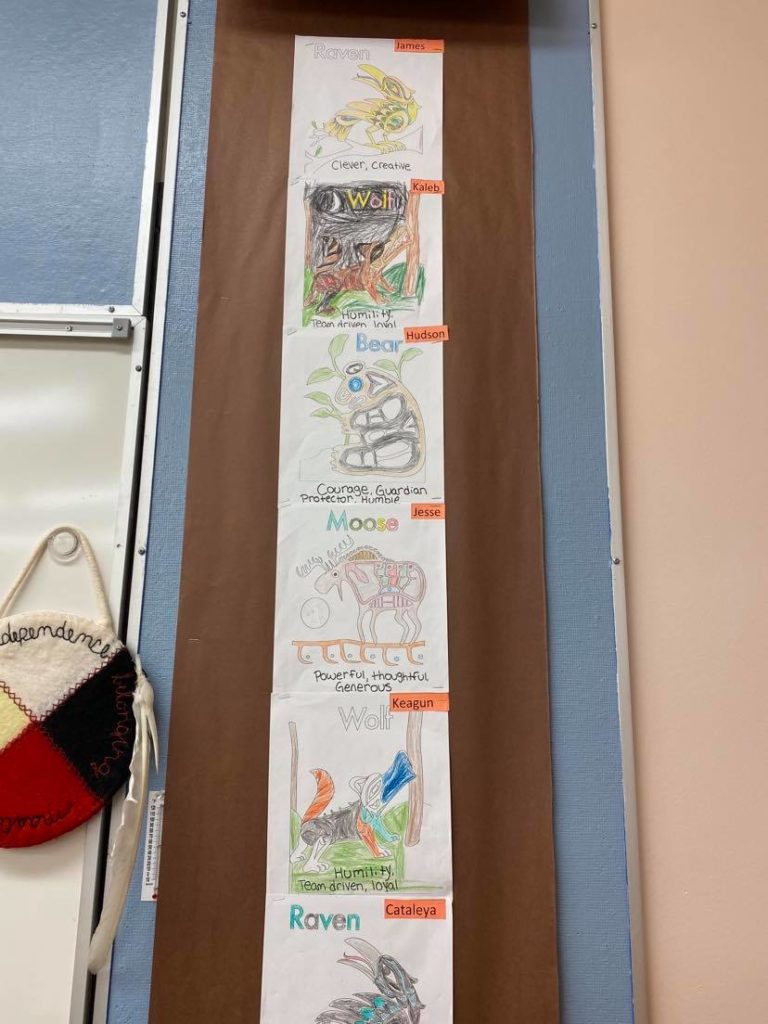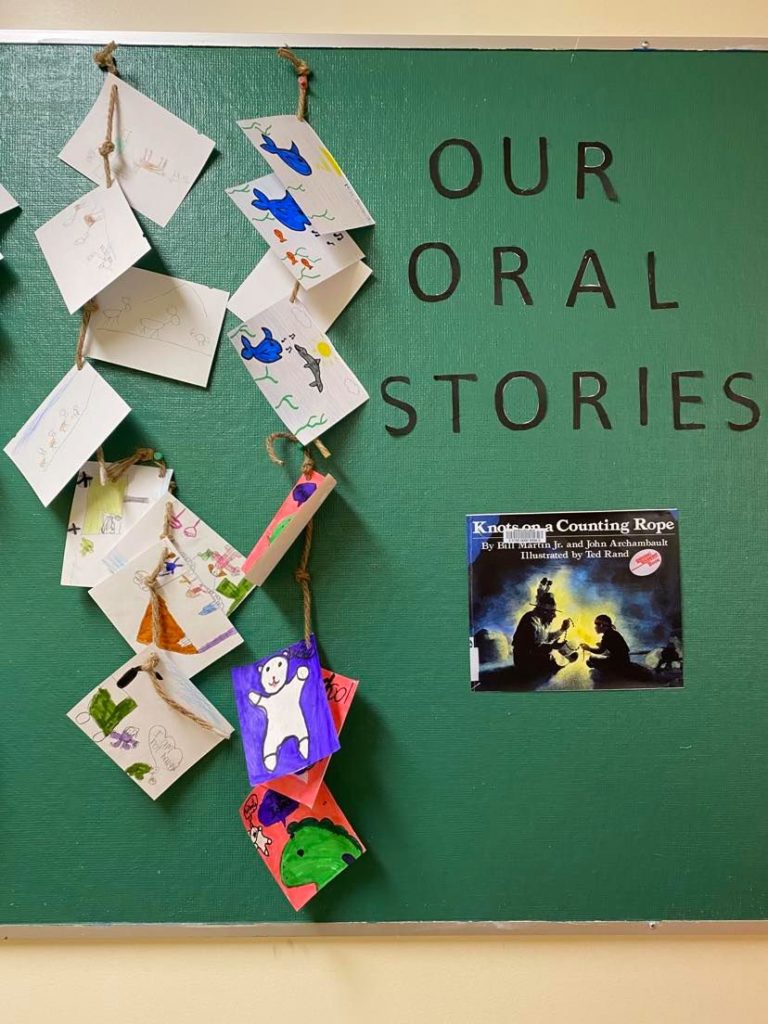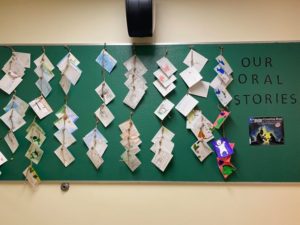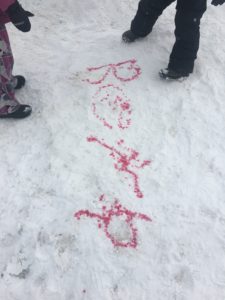Educators respect and value the history of First Nations, Inuit and Metis in Canada and the impact of the past on present and the future. Educators contribute towards truth, reconciliation and healing. Educators foster a deeper understanding of ways of knowing and being, histories, and cultures of First Nations, Inuit and Metis.
Educators must
-
Examine their own biases, attitudes, beliefs, values and practices to facilitate change
-
Value and respect the languages, heritage, cutlers, and ways of knowing and being of First Nations, Inuit’s and metis.
-
Understand the power of focusing on connectedness and relationships to oneself, family, community, and the natural world.
-
Integrate First Nations, Inuit, and metis worldviews and perspectives into learning environments
It is so important that we embed the First Peoples Principles of learning throughout all our lessons. I planned lessons that were relevant to the students, providing opportunity for class discussion and active learning that represents the students sense of self, place, community and well being. I assured that the students where able to see them selves in what we were learning and how we were learning it. Incorporating lessons that embraced the outdoors and connected students to their sense of place. The lessons connected back to the students on a personal level and allowed them to relate to what they were learning and why they were learning it.
I believe first and foremost we must build the relationships with our students in order to provide them with a good learning experience. During my 490 practicum I built a close relationship with two young learners who were not always seeing themselves in their learning. First, I started with conversation, when teaching them one on one math they had brought up that they knew how to count to seven in Secwépemc. Rather then redirecting them back to the learning task of geometry I allowed them to show me how to count to 7 in the Secwépemc language, and even learned a little of counting myself. In just those small five minutes I found those two learners to be more engaged then they had been in anything else that had happened that day. They felt heard and acknowledged and in doing that I felt proud.
During my practicum I worked hard to provide lessons where all learners were able to see themselves and connect to the learning on a personal level.
-
We focused on local carvings and the history of totem poles for our local Indigenous Peoples. We then picked an animal in which we could identify with and focused on our classroom community and how we all play an important role in our class. Each learner was able to reflect in a way that represented them as we built upon our understanding of community.

-
We Spent a week learning about Oral stories and the history of Oral stories to the Indigenous peoples. Students were able to reflect on how stories are told within their own families, and if they had experienced oral stories in the past. Students where then able to create their own oral stories and proudly hang them for the entire school to see. The spent time sharing and creating with one another in a place where they felt heard and acknowledged.


Students were very excited to hang them in the hallway for everyone to see.

All stories were hung on a rope to match our knots on a counting rope book about oral stories.
-
I find connecting the learning to the world around us and our sense of place is really important. Students need to be able to feel and relate to the things they learn and the best way to do that is to have a concrete learning experience outside. Students are able to connect to the land and see the connection of all living and nonliving things. We are able to reflect on our role with the environment and how we can care for our place. Through both practicums I was able to implement outdoor learning in a positive way that made the learning concrete.

Learning about our five sense using our outdoor classroom at Chilcotin Road Elementary.

Turning our snowbanks into works of art here in the Cariboo 🙂
I look to the future as I plan and implement authentic lessons that reflect my learners and engage them in the learning that will lead to a better tomorrow.